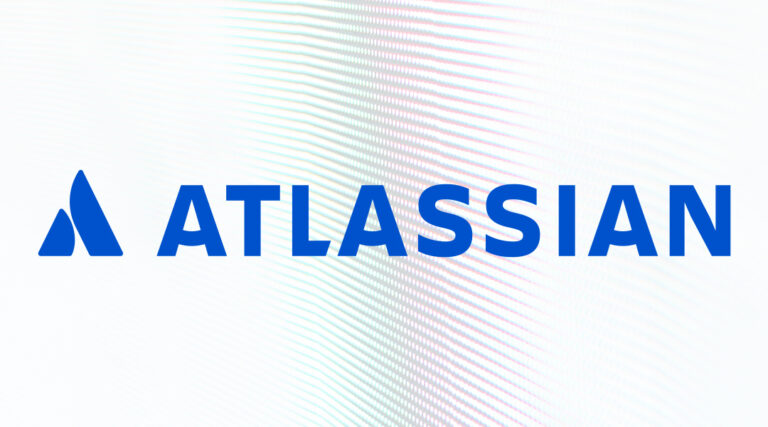
A beta version of Atlassian’s team collaboration software Confluence 7.0 is now available to help devs make sure their custom apps and integrations are prepared for upcoming breaking changes.
Version 7.0 sees the introduction of a feature called Content Delivery Network for Data Center, which is meant to help widely distributed teams by serving static assets from geographically close servers to improve loading times. To increase performance even further and prevent out-of-memory errors, there now exists a time limit for generating image or presentation thumbnails, while previews for TIFF and PSD files have been deactivated – although you can get that back via the system properties.
Those wondering why their available storage space has gone down more than usual since collaborative editing was introduced, it will be back to normal soon. The unexpected growth is down to editing engine Synchrony recording all the keystrokes in order to keep everyone in sync, which is why Confluence 7.0 comes with two new jobs to clean up obsolete data.
Confluence 7.0 also includes a number of changes that could render some apps unusable, which is why Atlassian recommends using the beta phase for especially thorough testing. The Confluence team has for example removed much of the previously deprecated code, meaning that apps that still make use of it will have to switch to newer methods to keep working.
The planned new released has also has gotten rid of the JUnit Report macro and the News Gadget and erased a few additional macros and gadgets from the Macro browser. Apart from that, the Orphaned pages screen in the Space Tools and the Trackback and Referrers screens in the admin console won’t be available anymore, and there have been updates to more recent versions of the libraries Confluence uses under the hood.
The release of Confluence 7.0 will also mean the end of support for the WebDAV plugin. Shortcut links however will stay part of the software, contrary to what was initially planned. Mainly because Atlassian apparently got lots of feedback that made them reconsider.
Keeping all of this in mind might make planning the update harder, which is why version 7.0 comes with a tool to simplify the process. According to the announcement, the pre-upgrade planning tool will analyse a Confluence site, run checks and use the results to create a custom upgrade guide.
Admins should be aware that upgrading might take some time, especially for larger sites, since the procedure will also be used to remove no longer required data from the Synchrony database tables as well as trackback and referrers data.
